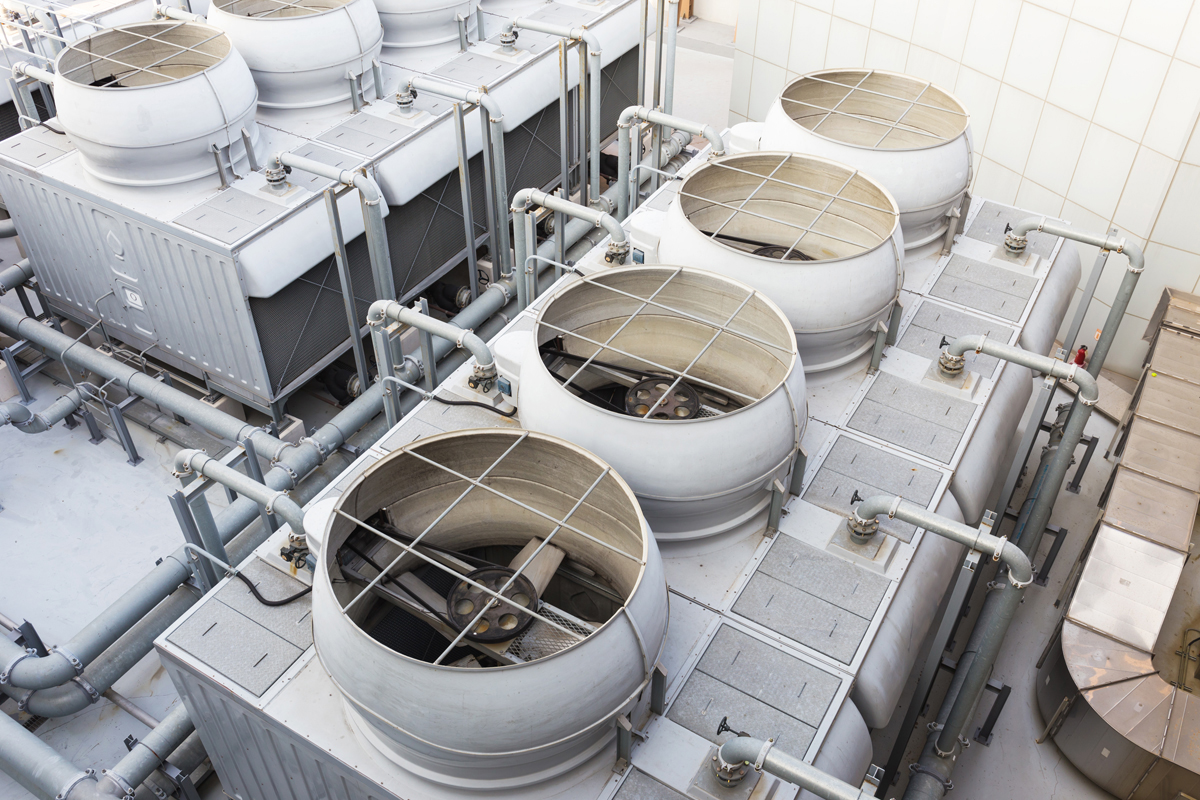Float valves are essential for keeping water levels properly inside a cooling tower. This float valve cooling tower is organized for cooling applications that depend on water being cooled by touch with the air. This method requires constant water outpour and water level management to complete evaporative cooling. These float valves prevent water level instability inside the cooling tower and demand minimal maintenance.
Application of Cooling Tower Float Valve
The cooling tower float valve needs to maintain the proper water equal inside a cooling tower. They maintain and regulate the water level, which is essential to increase the lifespan of a cooling tower. Usually, the whole kit of float valves has a valve, float arm, and float. Establishing the float valve need trial and error, directing adjustments to counterbalance the make-up water with a tower. It must ensure that no wastewater overflows when the motor is turned off.
Types of the Float Valves
Float valves are categorized into two combinations depending on the location of the float chamber. A low-side float valve and a high-side float valve are the two main categories of float valves.
Low Side Float valves
These valves are seen in flooded refrigeration processes. This valve will maintain a constant liquid level in a float chamber or a flooded evaporator connected to the evaporator. So, the load increases, and the refrigerant will vaporize from the evaporator. As a result, liquid status in the low side float level moves and helps increase the valve slot, allowing better refrigerant to stream into the evaporator and reforming the liquid level to normal.
High Side Float Valve
When the float valve is positioned on the low-pressure side, the float chamber is visible in the evaporator. Still, it is situated on the side with high pressure between the evaporator and the condenser when the float valve is on the high-pressure zones side. As a result, the refrigerant vaporizes and condenses when the load increases. So, the liquid level rises in the float chamber. The float will open the valve better, which allows the refrigerant flows and help the liquid level to return to normal.
How does a float valve work?
Generally, Float valves are operated in many industrial practices, and industrial cooling tower are used with additional valves. Opening and closing of Float valves depend according to the liquid level, which is perceived by the float.
- The float might be a hollow plastic or metal ball.
- The float valve procedure would be using a float valve in flow pressure-reducing valves.
- By operating a sub-valve, the float valve will control the main valve.
- The sub valve arranged a water level in the tank,
- If the water level surpasses this level, it will shut, and the main valve’s rear pressure chamber will handle this pressure quickly.
- So, the float valve controls the water level in vast industrial plants.
The water inside the cooling tower must be carried at the right level for the tower to function correctly. Consequently, the float valves become one of the elementary cooling tower parts over time, despite demanding little supervision. The primary function of float valves is to adjust the water level and, when appropriately calibrated, ensure water wastage when the pump halts at an overflow.
Read More:
